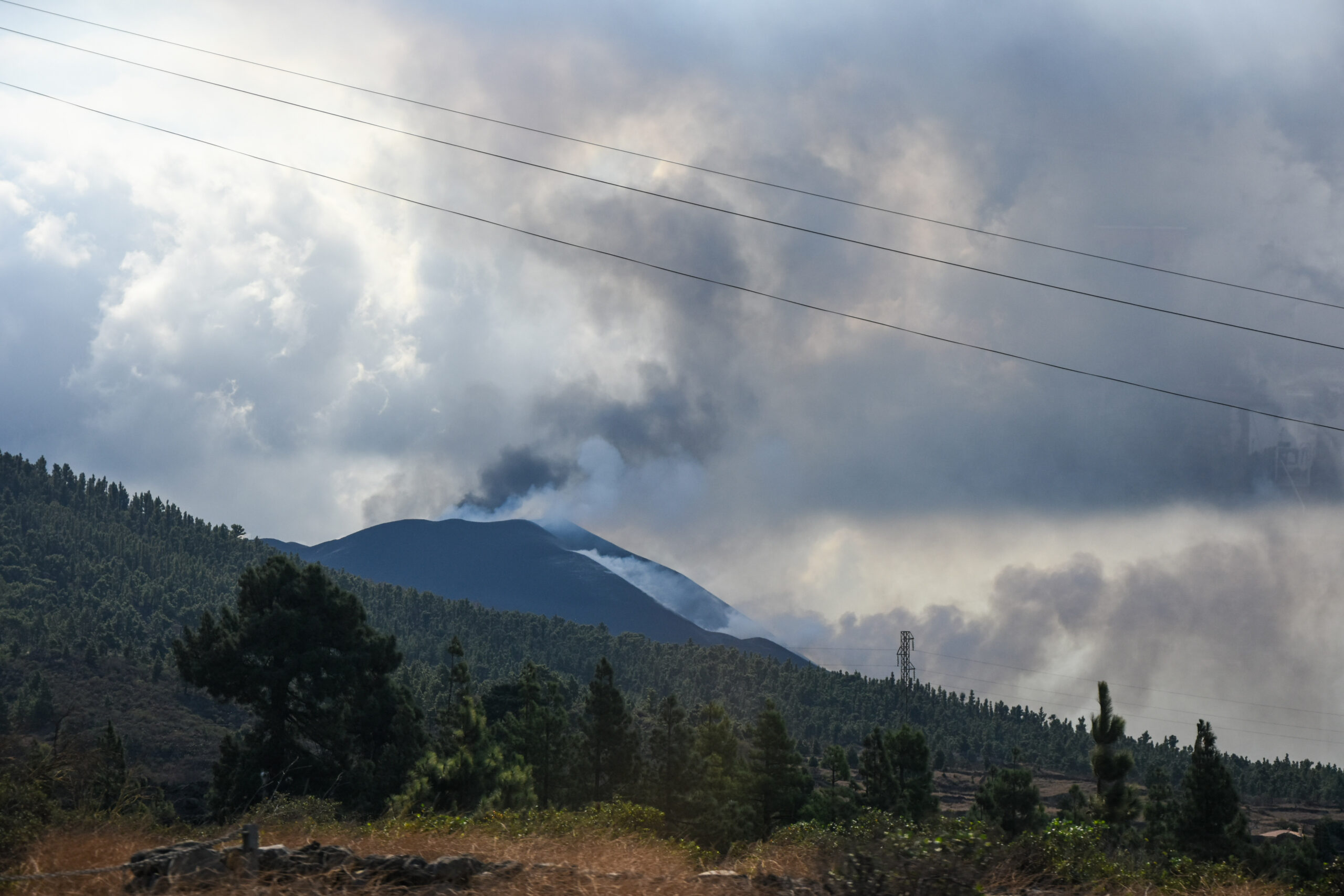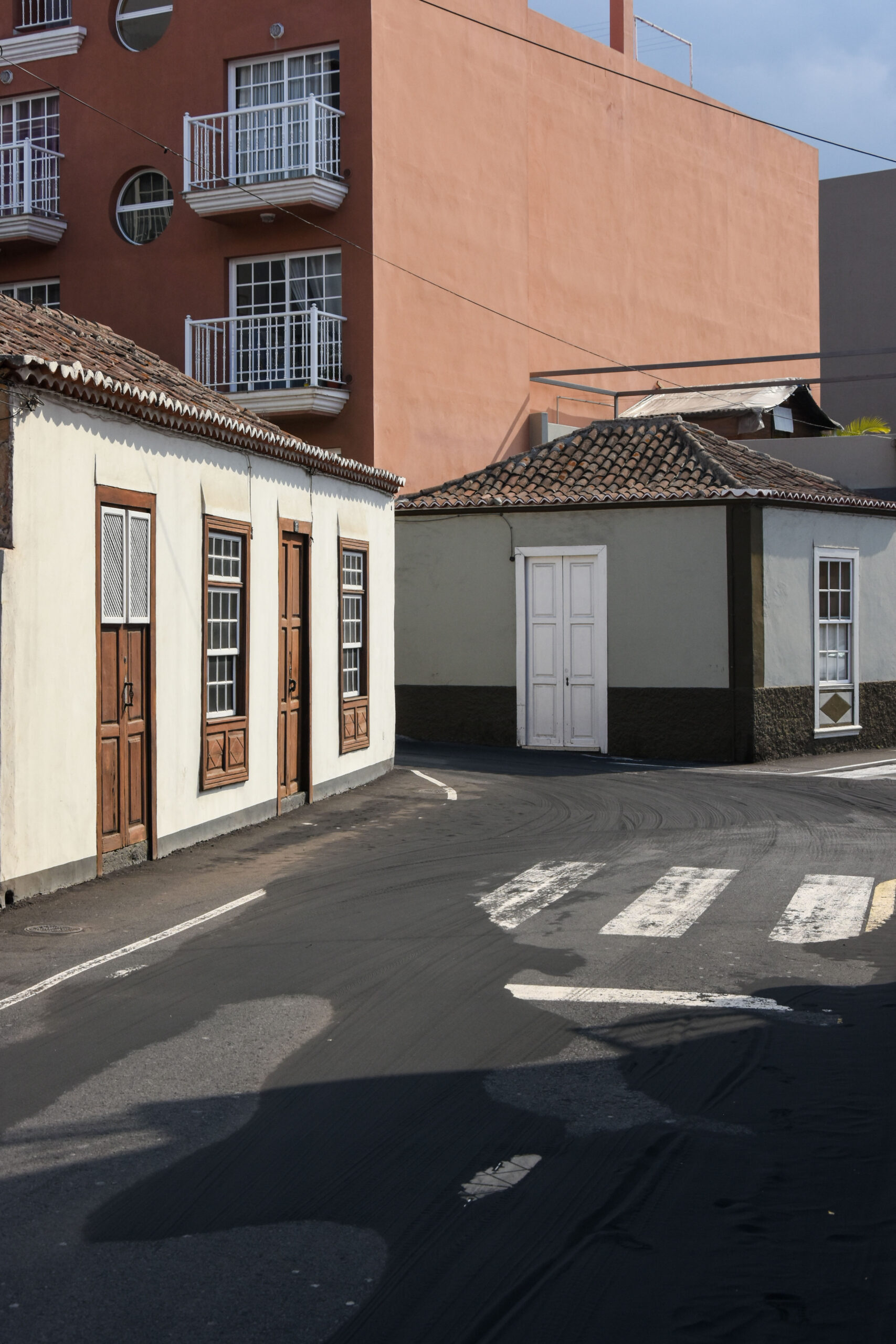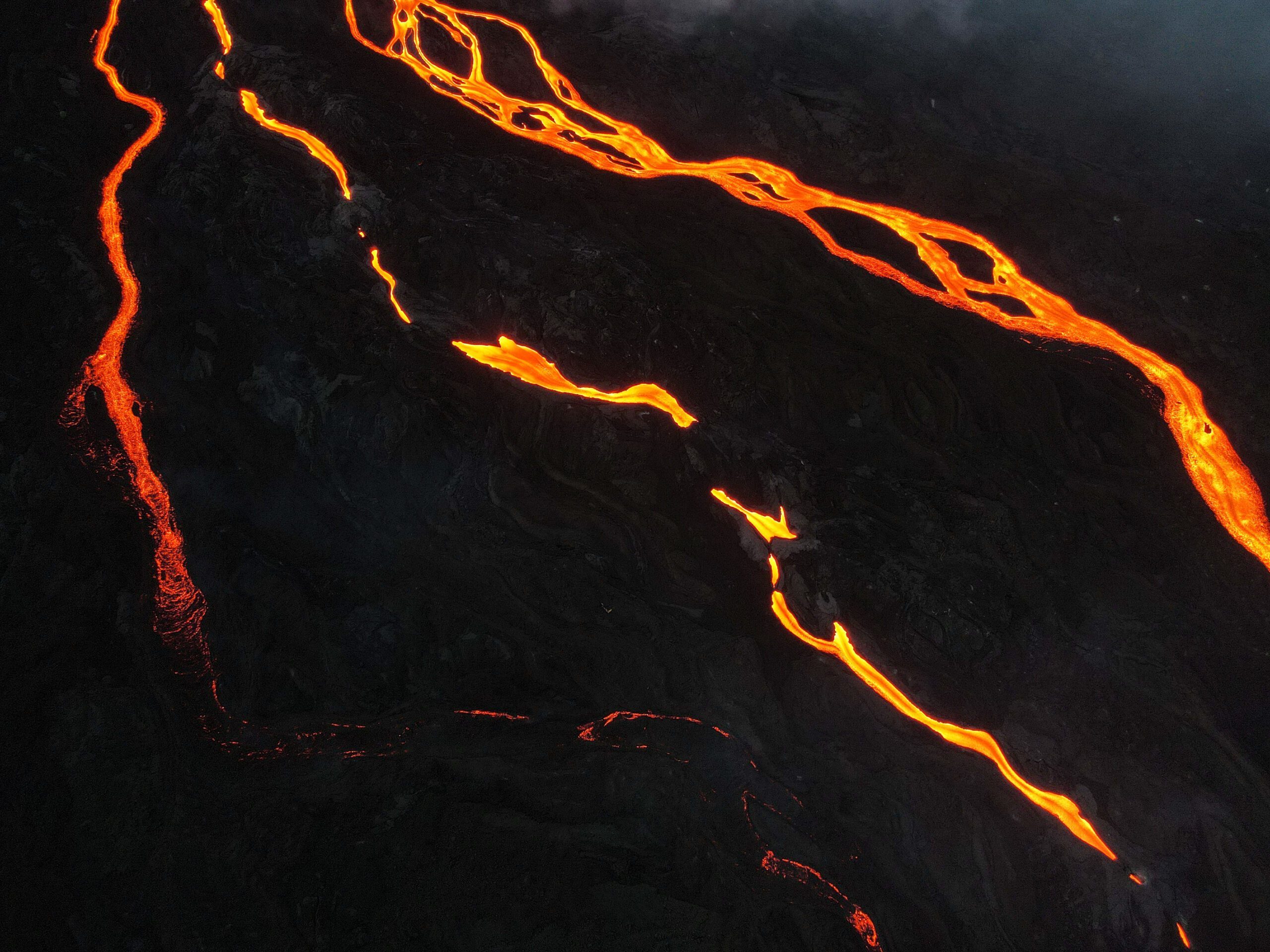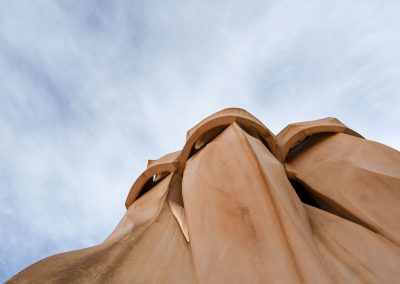I don’t usually watch the news, so the first time I heard about the volcano at La Palma was two or three weeks after the eruption started, due to the news referring to “volcano negacionists”. At the beginning of October I went to visit my friend José in Zaragoza and he, indeed, always watches the news, so suddenly, and specially being in Spain, I was flooded with images of a natural wonder, an explosive eruption, which was happening not far away! I decided I had to go to La Palma, see Cumbre Vieja with my own eyes, feel the power of nature in its purest and most creative form! In Lisbon, I was looking for livecams on YouTube and falling asleep watching those images!
But I already had a trip scheduled to Luxembourg and France, so the visit to La Palma would only take place a month after I returned from my trip with José, who also visited Tarazona, Teruel and Cuenca.
On November 11th I flew with Ryanair to Tenerife South, where I arrived already after sunset. I slept one night in a sneaky hostel in Los Cristianos and the next morning I took the ferry to Santa Cruz de La Palma. The ferry is completely closed, so the views leaving Tenerife, passing by the island of La Gomera, and finally arriving in La Palma were not the easiest to photograph.



I left my backpack at the Airbnb, a colonial house right in the center of Los Llanos, took a short walk through this beautiful town, while several locals cleaned the ashes on the streets and houses and I was making time for the bus (which only ran every 30/ 60min). So I went to the Church of Tajuya, one of the best places to see the volcano and where the media is usually located. From there you could see some lava coming down the slope, smoke and gases coming out of the crater, but really nothing special, there wasn’t even ash in the air, so I was a little disappointed. The news of the day was that a second lava river reached the sea (which later joined the first), but that it was not possible to see it from any side of the island, accessible by civilians. So as not to feel so disappointed, I was photographing the streets full of ashes.























The rain calmed down and I flew! And what a flight! From the air, lava rivers could be seen, which grew brighter and brighter as the sun neared the horizon. It was also possible to see some houses trying to emerge from the lava, on the last breath. Surviving trees, a military boat in the background, accompanying the creation of the new area of the island. Unfortunately, as it was very windy, I couldn’t venture far, at the risk of losing the drone, which had to come upwind “back home”, but it was still one of the flights, of the images, of the things more incredible of my life!










Meanwhile, the sun went down and another show began! The lava on the floor painted the clouds orange and red and it was finally possible to see that throughout the day, although it didn’t seem like it, pyroclasts were coming out of the crater and that the lava was right there, bubbling.
I was also talking to Samuel, one of the many thousands who lost his home to the volcano. He told me about the injustice of insurance and banks, he told me he was in a family home, living with 12 other people, he also told me how the situation was poorly managed, that the authorities always said it would never reach his village (La Laguna) and suddenly they were only given an hour to leave the house. Still, he didn’t stop looking at the volcano as a spectacle of enormous beauty! And that he felt lucky to be able to experience this eruption, as volcanic activity is present in the typical tales and songs of the archipelago, but it is not up to all generations to actually witness one!







The next day the volcano was equally calm, so I opted to visit the island a little, as it is known as Isla Bonita (Beautiful Island), going up to the viewpoint of La Cumbrecita and visiting the city of Santa Cruz de La Palma, reasons for a future post.
If you liked this post and want to read more about my trips to Spain, you can visit the following posts:




